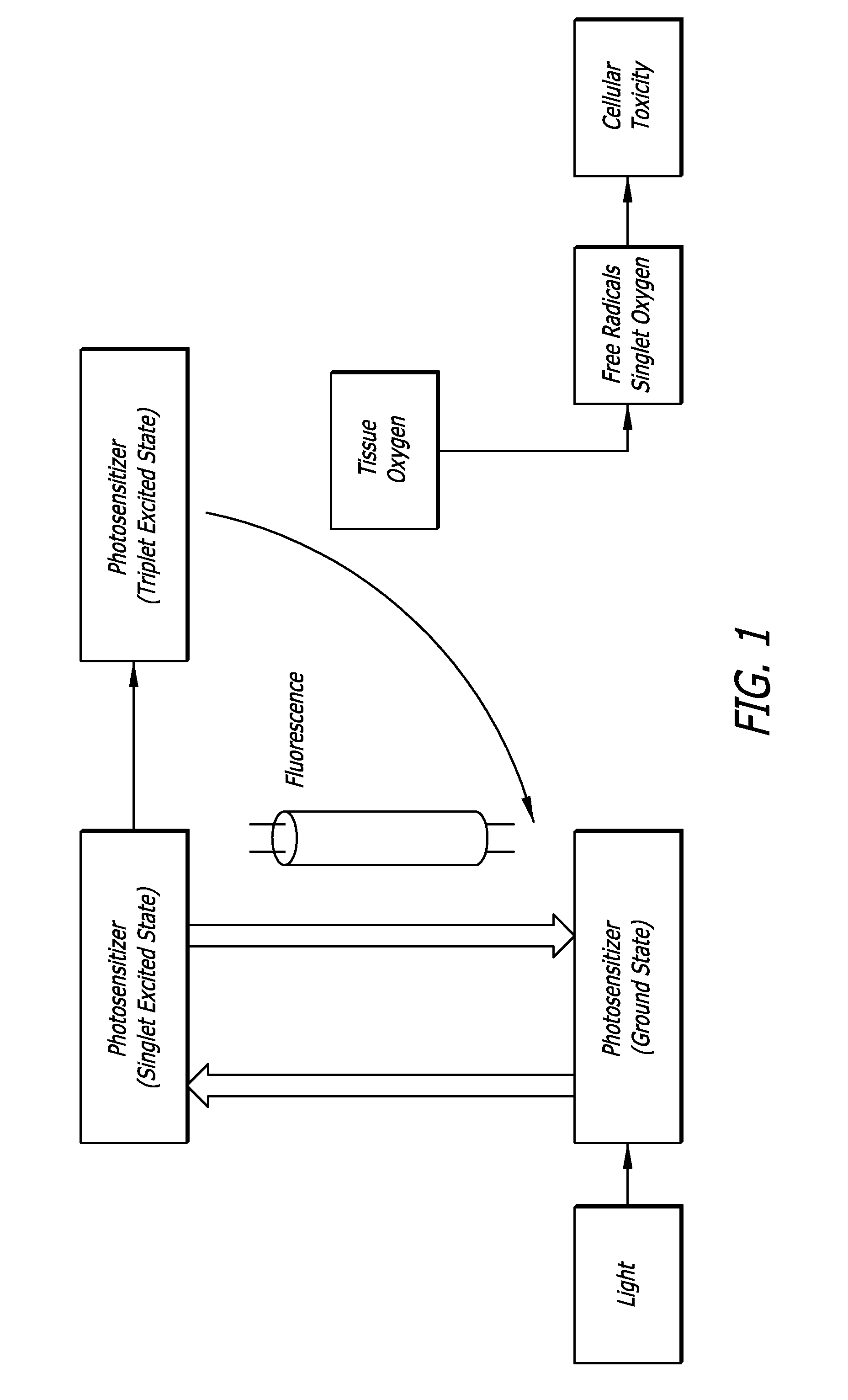Needle catheter for delivery of agents directly into vessel wall
a technology of needle catheter and agent, which is applied in the field of needle catheter for direct delivery of agents into the vessel wall, can solve the problems of resistant hypertension, especially a problem for patients with hypertension, and many patients with hypertension suffer from resistant forms of the diseas
- Summary
- Abstract
- Description
- Claims
- Application Information
AI Technical Summary
Benefits of technology
Problems solved by technology
Method used
Image
Examples
Embodiment Construction
[0033]The present application discloses embodiments of the invention, in which systems and methods are described for introducing materials to the sympathetic nervous system surrounding the renal arteries of a patient. In some embodiments, the materials are capable of generating localized singlet oxygen that in turn are cytotoxic to the sympathetic nervous system, and are delivered in order to denervate or modulate the nervous system surrounding the renal arteries.
[0034]The components of some embodiments of the system may include:
[0035](a) a photosensitizing agent, in the form of a solution in a solvent matrix or alternatively in a form of nano- or micro-particles in bio- or non-biodegradable polymers;
[0036](b) an injection catheter configured to inject the sensitizer or particulate formulation into the periarterial / preadventitial space of the renal arteries in a patient; and
[0037](c) a light catheter capable of generating light at the same wavelength that would be absorbed by the se...
PUM
 Login to View More
Login to View More Abstract
Description
Claims
Application Information
 Login to View More
Login to View More - R&D
- Intellectual Property
- Life Sciences
- Materials
- Tech Scout
- Unparalleled Data Quality
- Higher Quality Content
- 60% Fewer Hallucinations
Browse by: Latest US Patents, China's latest patents, Technical Efficacy Thesaurus, Application Domain, Technology Topic, Popular Technical Reports.
© 2025 PatSnap. All rights reserved.Legal|Privacy policy|Modern Slavery Act Transparency Statement|Sitemap|About US| Contact US: help@patsnap.com



